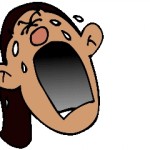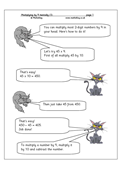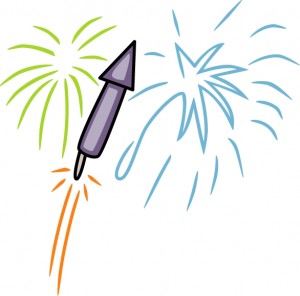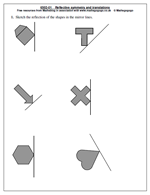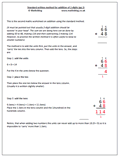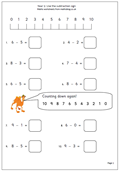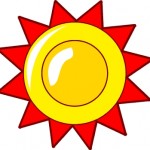 Writing large numbers in words is not easy but by the end of year 5 many children will be confident enough to read numbers in the millions.
Writing large numbers in words is not easy but by the end of year 5 many children will be confident enough to read numbers in the millions.
In the past, in the UK, a billion has been considered as a million million, but in the USA a thousand million has been thought of as a billion.
This seems to be the norm in the UK these days as well so Neptune at 4 500 000 000 km from the sun can be said as “four billion, five hundred million km “.
Some children become fascinated by larger numbers and like to count on up to trillions and beyond, even to the googol which is a 1 with one hundred zeros!
(10,000,000,000,000,000,000,000,000,000,000,000,000,000,000,000,000,000,000,000,000,000,000,000,000,000,000,000,000,000,000,000,000,000)
